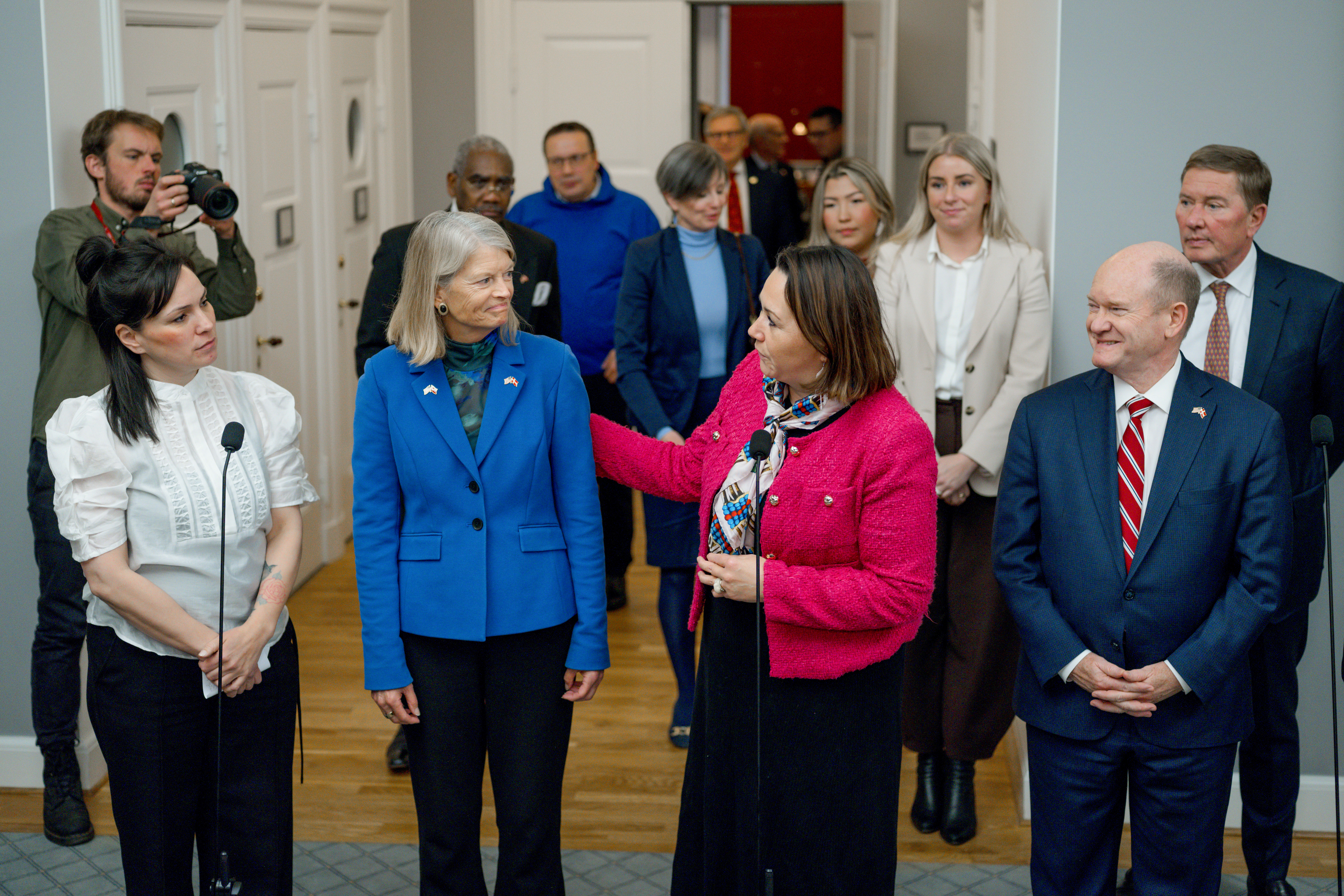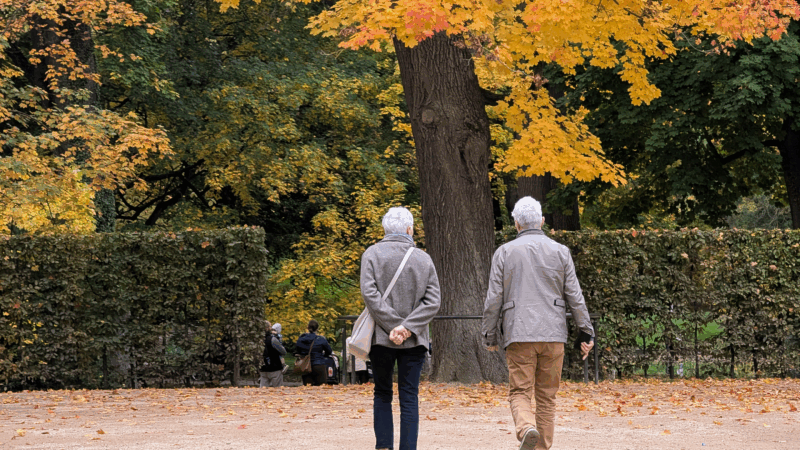Hotels, Recovery Rooms And Waiting Rooms Pressed Into Service As UAB’s Patient Load Rises
UAB Hospital is taking extraordinary steps to continue caring for all of its patients as it deals with an onslaught of COVID-19 cases.
Recovery rooms, normally used for just a few hours after a patient has had a procedure, now are being used for care overnight and sometimes for two nights. For patients who normally would stay a night for observation after a procedure, UAB is using rooms in hotels near the hospital.
An emergency room waiting area has been set aside to hold 10 stretchers with COVID-positive patients needing emergency treatment.
“You have to be very creative and look for safe, appropriate space to take care of patients that, under normal times, you wouldn’t make that choice,” Hospital CEO Anthony Patterson said in a press conference Wednesday. “What happens when you completely run out of space? We haven’t hit that point yet, and I think that’s the one thing that we are all fearful of in terms of increasing numbers of patients coming to the hospital. … Hopefully that will not happen.”
UAB Hospital recorded new highs over the past few days in inpatients suffering directly from COVID-19, reflecting similar peaks at hospitals across the state. Patterson said UAB was treating 210 patients with active cases of COVID-19 Wednesday morning and another 84 who still were battling the effects of the disease but no longer had active virus in their systems.
“While we use the term ‘convalesced’ to describe these inpatients who are no longer infectious, the patients typically remain very, very sick or potentially unable to survive without intensive medical attention and care. Some of them can still be on ventilators,” Patterson said.
Previously, UAB had reported only the number of inpatients actively infected in daily updates for news media but not those still being treated for effects of the disease.
The most recent increases signal the initial wave of cases associated with Christmas celebrations and were widely expected, according to Dr. Rachael Lee, an epidemiologist and assistant professor in the UAB Division of Infectious Diseases.
“We have not yet even seen hospitalizations related to New Year’s Eve,” Lee said. “This concerns me mainly because we’re already at a really, really high number of hospitalizations, requiring more people to be on a ventilator and receive medications and be in our cohorted units.”
Lee added that she is seeing more young victims of the disease and more patients who remain on ventilators despite no longer being infectious and “still fighting for their lives.”
“This is the most heartbreaking thing for us, because we are doing everything that we can to get them home and to their loved ones, and it’s incredibly difficult,” she said.
Managing the increase in COVID patients is affecting other patients who need elective or non-emergency procedures.
“The kind of procedures we are really concerned about are those for cancer patients,” Patterson said. “What we have to pay close attention to is the available bed capacity that we have in order for these patients to have a place to go after they go to the (operating room).”
“We’re able to continue to support a fair number of surgical cases or other procedures where the patient comes into the hospital and then goes home the same day,” he said.
But this requires close monitoring of the operating and procedure schedules, he said, and it requires creative use of space, such as the move to observe non-COVID patients in hotels after outpatient procedures.
Cases that are truly elective, such as plastic surgery, are being delayed two to three weeks, Patterson said. Some other procedures may be more time sensitive but can be delayed for a few days without repercussions.
Slowing Transfers
Whether UAB Hospital is considered at “maximum capacity” depends partly on adjustments made to handle high caseloads and can change from day to day, and that affects the hospital’s ability to handle transfers from rural hospitals.
“Many days of the week, and this is even true even pre-COVID, we do reach a point where we are at max capacity, where we cannot easily accept transfers from other hospitals within the state,” Patterson said. “I know that has been true not only for us but for other hospitals, where a rural hospital has a patient they feel like they cannot manage, and none of the other hospitals in the state have the capacity to take that patient.
“We realize that we are a safety-net facility for many hospitals throughout the state. We have to be very cautious and assess if we can accept a transfer, and we do that even in normal times. But during the pandemic, we are stretched to the point where it does certainly slow down and in some cases may require us to wait a day or two before we can actually accept the transfer of a patient.”
UAB Hospital — along with almost all hospitals in the state — continues to have problems with adequate staffing as many employees work extended shifts, Patterson said.
Health officials hope that vaccines being distributed will help keep their staffs healthy and working, as well as eventually reduce the COVID caseload. But there have been difficulties in different parts of the state getting front-line workers vaccinated.
So far, UAB has administered 10,846 vaccine doses, with about 60% to its own staff. About half of staff members who were notified that they were ready for vaccinations have declared their intent to take the shots, but not right away. Patterson said that less than 4% of those invited have declined the vaccine.
Trump has rolled out many of the Project 2025 policies he once claimed ignorance about
Some of the 2025 policies that have been implemented include cracking down on immigration and dismantling the Department of Education.
U.S. lawmakers wrap reassurance tour in Denmark as tensions around Greenland grow
A bipartisan congressional delegation traveled to Denmark to try to deescalate rising tensions. Just as they were finishing, President Trump announced new tariffs on the country until it agrees to his plan of acquiring Greenland.
Can exercise and anti-inflammatories fend off aging? A study aims to find out
New research is underway to test whether a combination of high-intensity interval training and generic medicines can slow down aging and fend off age-related diseases. Here's how it might work.
The 2026 Olympics are the most widespread in history. See what’s happening where
Competitions will be hosted at 25 venues spanning an area of more than 8,000 square miles. Here's what's happening at each of the four main clusters.
High-speed trains collide after one derails in southern Spain, killing at least 21
The crash happened in Spain's Andalusia province. Officials fear the death toll may rise.
United Nations leaders bemoan global turmoil as the General Assembly turns 80
On Saturday, the UNGA celebrated its 80th birthday in London. Speakers including U.N. Secretary-General António Guterres addressed global uncertainty during the second term of President Trump.





